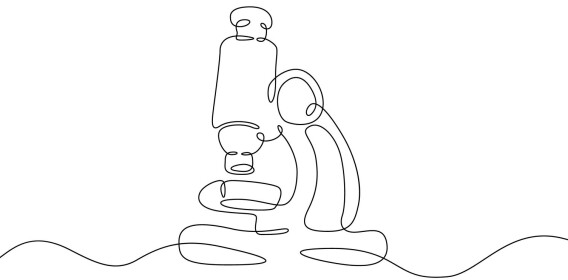Can we lower the temperature again if we exceed the 1.5-degree target?
"We have to reduce emissions," says researcher.

In a new report from the Stockholm Environment Institute, researchers write that the world is on track to produce more than twice as much fossil energy in 2030 as what is compatible with the goals of the Paris Agreement.
"This is very bad news for the climate," climate researcher Helene Muri at NILU and NTNU tells Science Norway.
In the international Paris Agreement, which almost every country in the world has signed, it states that the planet should not become more than 2 degrees warmer, and preferably not more than 1.5 degrees warmer than it was in pre-industrial times, before this century is over.
"It's very likely that we'll exceed 1.5 degrees of global warming. In fact, we're almost there already," says Muri.
She further explains that researchers are now looking into the possibilities and risks of exceeding 1.5 degrees of global warming and then returning to 1.5 degrees.
Muri is one of the lead researchers behind the chapter that will address precisely this issue in the UN's next climate report.
She notes that, in theory, it's possible to go beyond the 1.5-degree target and then bring temperatures back down – but doing so would be both extremely costly and challenging.

The key factor
"To achieve this, we first need to cut our CO2 emissions. Emission cuts are the key," says the climate researcher.
"We also need to find effective methods to remove the carbon that has already been released into the atmosphere," she adds.
Muri explains that technology for CO2 capture already exists, which large companies like Google and Microsoft have invested in it.

"But this technology is expensive and has not yet reached a stage where it has a significant effect," she explains.
Most viewed
Muri also mentions forest planting as another way to capture and store carbon.
"The problem here is that we can't plant enough trees to remove all the carbon we've emitted," she says.
Muri's message is therefore clear:
"We have to reduce emissions."
Muri points out that many of the damages caused by climate change will not be possible to fix, even if we manage to lower the Earth's temperature again.
"Once we cross tipping points, it becomes much more difficult to return to the original state," she says.
Muri mentions several systems that are at risk of reaching their tipping points, including the Arctic summer sea ice, the rainforests, and the permafrost.
More expensive and more difficult
Muri also says that while it may be possible to remove carbon from the atmosphere and eventually return to 1.5 degrees of warming, doing so would be far more expensive and difficult than preventing emissions in the first place.
"It's less costly to prevent emissions through cuts than to pay for the consequences of climate change later," she says. "Every tenth of a degree of warming we can avoid is incredibly important – for nature, for people, and for the economy."
Too much faith in technology
Asbjørn Torvanger is an economist and climate researcher at CICERO Centre for International Climate Research.
He believes there is too much wishful thinking in politics when it comes to climate solutions.
"I think the main problem is excessive optimism about technology. We don't yet have the technology to replace fossil energy, and it could take many decades before we do," he says.

"An enormous transformation"
In the European Climate Law, which Norway has committed to, it states that Europe's emissions must be reduced to net zero by 2050.
"This requires an enormous transformation – economically, politically, technologically, and in terms of energy. It doesn't seem like Norwegian or European politicians have fully grasped this," says Torvanger.
"The current policies and measures aren't good enough to meet even much less ambitious targets," he says.
To reduce emissions, Torvanger believes there are three key actions that are absolutely essential:
"We need to increase CO2 taxes, make production and energy use more efficient, and invest in innovation for greener technology," he says.
Torvanger also believes there's no way around reducing our overall footprint. That means consuming less, and choosing goods and services that are more climate- and environmentally friendly.
"We can't continue as we are now if we want to slow climate change enough and protect nature," he says.
———
Translated by Alette Bjordal Gjellesvik
Read the Norwegian version of this article on forskning.no
Related content:

Subscribe to our newsletter
The latest news from Science Norway, sent twice a week and completely free.





























































